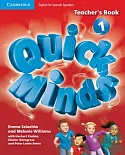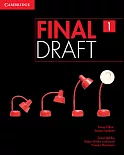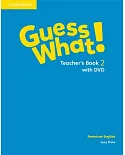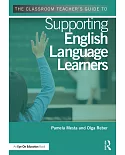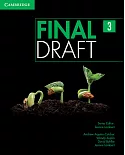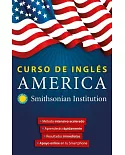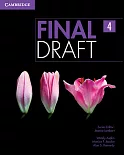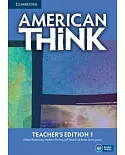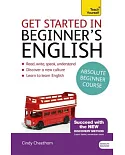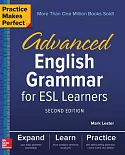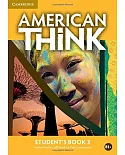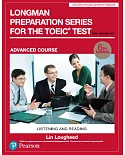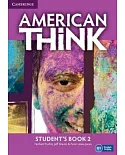Chaucer may be distinguished, classic, and perhaps a bit saucy, but his "ambiguity" is rarely under question. Further, relatively little has been done by scholars on the subject. However, Nakao
(English, linguistics, stylistics, Hiroshima U.) finds good evidence for it in Troilus and Criseyde. Using his theory of "double prism structure," which includes up-do-date elements of
semantics, pragmatics, and cognitive linguistics, along with medieval rhetoric and allegory, Nakao carefully traces his observations on Chaucer’s use of ambiguity, starting by explaining his
own methodology. Nakao then analyzes ambiguity in the textual domain, especially in regards to metatexts and macro-texts, and then analyzes ambiguity in Chaucer’s interpersonal domains,
including in speaker’s intention and modality. Nakao ends by evaluating ambiguity in linguistic domains, in syntax, words and voice. Annotation ©2013 Book News, Inc., Portland, OR
(booknews.com)


